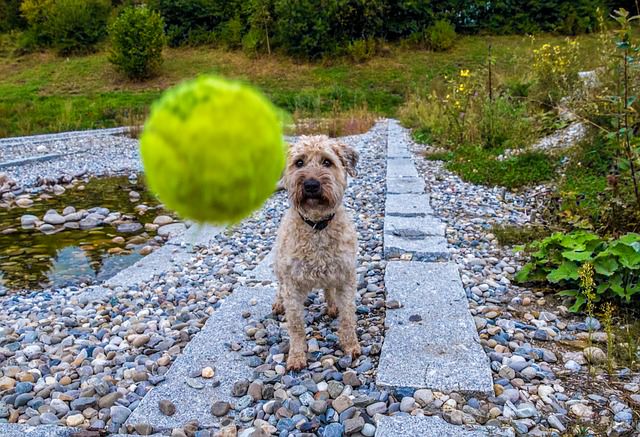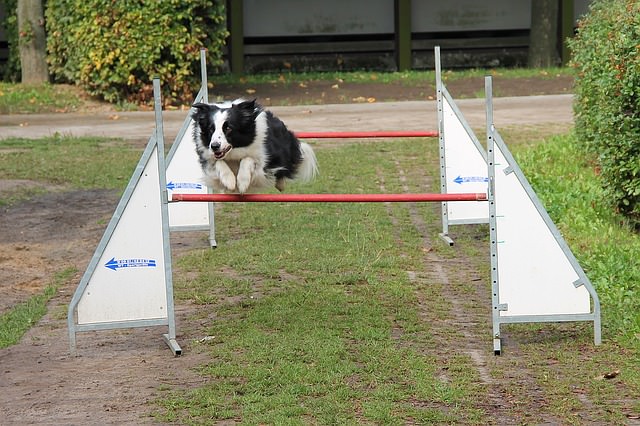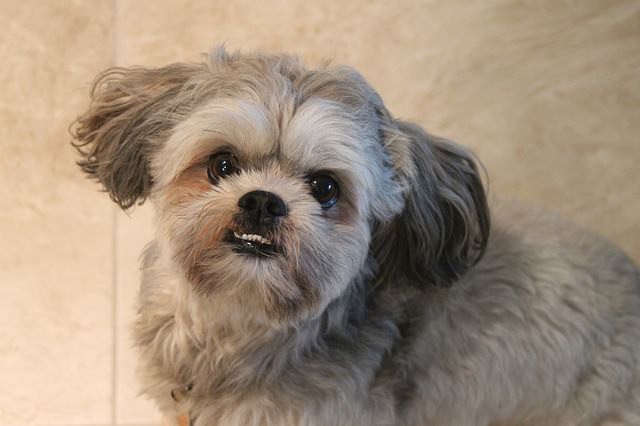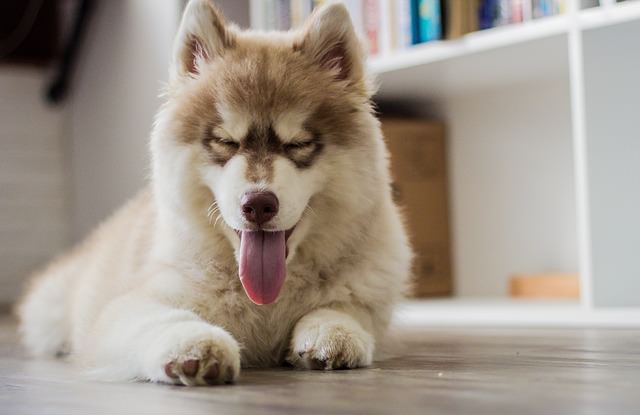The answer to this frequently asked question is: It depends. All dogs need exercise and mental stimulation, but that does not mean that a daily trek around the neighborhood is the answer. The amount of physical activity each dog needs depends on several factors including age, breed, size and overall health.
There are many different ways that they can get their daily workout, whether it’s a walk, a play session, canine agility, or training games.

On average, dogs should get between 30 minutes and two hours of physical activity each day. Putting your pup out in a fenced yard for several hours is not a substitute for a walk! Dogs that are left isolated tend to become bored, frustrated and even destructive. Physical activity with their favorite human engages a dog’s body and mind, promoting all-around health.

Breeds that fall into the hunting, working or herding groups such as Retrievers, Hounds, Collies and Shepherds tend to require the most exercise to stave off boredom and anxiety. These dogs are great candidates for agility training, nosework, and other forms of exercise that encourage them to use their natural tracking, herding and retrieving skills.

Brachycephalic or short-muzzled breeds like Bulldogs, Shih Tzus, Pugs, and Pekingese tend to fall on the opposite end of the spectrum when it comes to their exercise needs. These dogs can be incredibly energetic and playful, but too much physical activity can lead to overheating and respiratory distress due to their unique anatomy.

Try walking first thing in the morning or in the evening to avoid extreme temperatures and pay attention to your pup’s body language. If he is panting excessively or wants to stop frequently on a walk, it’s time to head home. Should your short-nosed dog seem restless after a walk, an indoor play session is a safe way to expend some more energy.

If you have a mixed breed dog or a pup that doesn’t fall easily into one category, do your best to assess their individual activity style. For example, Boxers have short muzzles, but they also tend to have higher energy than most Brachycephalic breeds. Try exercising these dogs in short bursts by playing fetch or disc toss in the yard. This way, if they begin to tire or overheat, you can go back inside to rest for a bit.

As dogs age their exercise needs tend to diminish. Medical conditions like arthritis and excess weight can also make physical activity more strenuous. If you have concerns about how walks and other forms of activity could affect your dog’s health, contact your veterinarian.

Luckily, most dogs will “tell” you how much they can handle. Start out slow with a leisurely walk around your neighborhood. If your pup is able to keep a steady pace the entire time without falling behind, limping or panting excessively, you have likely chosen a good distance. Your dog should be happy and relaxed when you return home, not exhausted.

You can gradually add more distance or additional activities like fetch or chase at the end of your walk if your dog seems up to it. Remember, physical activity is as much about mental stimulation as it is exercise. Try mixing up your walking routes or experimenting with games like doggy hide & seek to keep things interesting!
H/T to PetMD
